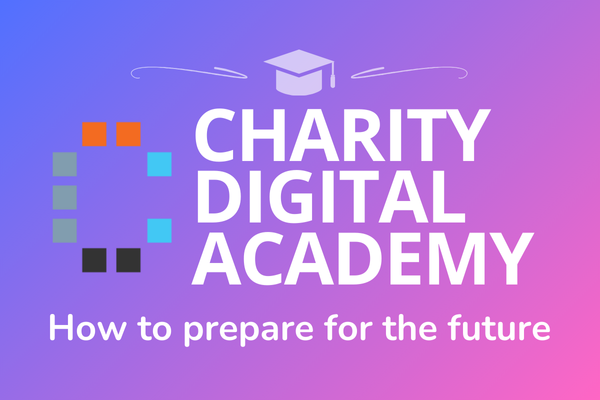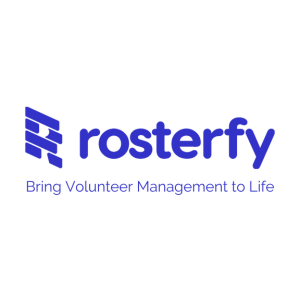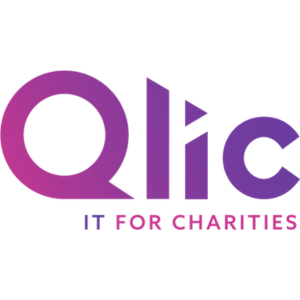Insights
INSIGHTS
All Topics
The power of charity collaboration
17 Apr 2025by Mary Wessel
When charities work together towards a shared goal, they can save time, raise more money, and make a bigger impact for their cause. Here’s how
Charities are facing a triple squeeze of increasing costs, reduced funding, and higher service demand. And that will only be exacerbated by rising National Insurance contributions which are predicted to cost the sector an extra £1.4bn per year.
Collaborating with other charities and not-for-profits can be an opportunity to pool resources, save money and prevent work being duplicated. It’s also a way to spur on development, knowledge building, and innovation across the whole sector.
Before you get started on collaboration
Collaboration can take many forms: short and small-scale (like hosting a shared event with another local charity) or longer-term and formalised (for example, a funded, fixed-term research project).
For your collaboration to work well, you’ll need an appropriate structure and clear financial agreements. But the very first step is to be clear on why you want to collaborate and which charities would be the best fit to work with.
The NCVO shares a checklist to work through when considering your options, as well as tips on making collaborations work well. And the Institute for Voluntary Action Research has a helpful summary of structures that your collaboration could take. Also take a look at the government’s guidance on working with other charities.
Here are six ways charities can collaborate for the greater good.
Support each other through social
Charity people tend to be great collaborators – generous in sharing time, knowledge, and experience. There are lots of lively and supportive Facebook and WhatsApp groups, focusing on anything from third sector fundraising to charities working with AI.
Explore which groups could help you, and get involved with asking questions, sharing information and offering support. Or join over 18,526 charity professionals on CharityConnect – sharing experiences, insights, and advice.
Save money by sharing equipment and workspace
If there’s a local organisation you know well, consider sharing resources. That could be something small, like investing in new audio equipment which you can timeshare between organisations, or bulk buying stationery to save money.
You might also look into the Charities Buying Group which helps charities save money on services including insurance, IT contracts, print supplies, and mobiles.
Or for longer-term collaboration, look into sharing office space and equipment. As well as reducing overheads, sharing workspace could also open up more opportunities for networking and pooling information. And being under one roof will make it easier to run joint projects. We flag up some areas to consider when planning how to share your space with another charity.
Learn together, and from each other
Training can be expensive, particularly for smaller charities, so consider sharing training workshops with another organisation. As well as splitting the costs, you’ll also have the opportunity to share experiences with colleagues from other organisations, increasing the knowledge and ideas in the room.
Another option might be to share your expertise across the charities. That could be discussing learnings from projects that are relevant to both organisations. Or, if there’s a skillset your charity is lacking, but the other organisation has, you could arrange an informal learning session to upskill your team.
Share guides and learn from worknotes
CAST’s Shared Digital Guides platform is a treasure trove of information. Sixty-four organisations share 85 guides on how they use digital tools to run their services and operations. The guides are wide-ranging, from how to create course materials using ChatGPT to building an insights library using Trello.
Being able to copy and learn from other organisations’ experiences means that you don’t need to reinvent the wheel, and can save time and resources.
Form a coalition for large-scale collaboration
Coalitions take collaboration a step further. According to The Charity Commission, a coalition structure describes ‘a structure that exists where a number of separate charities agree to work together for a common purpose.’
One example, is the Fair Education Alliance (FEA) which represents 250 member organisations. Its work has increased diversity in leadership and scaled solutions to sector-wide issues. While National Voices, draws together over 200 organisations to influence policy and change the national debate around health and social care. There’s power in the collective.
Join together to reach more people
When collaborating on campaigns and fundraising, the key is to partner up with charities whose mission carefully align with yours.
Take, for example, We3can. The collaboration brings together three cancer charities: Brain Tumour Research, Leukaemia UK, and Sarcoma UK, with the shared purpose of “Funding research into better, kinder treatments to help cure kids’ cancer.” By campaigning together, they’re able to be louder, more powerful, and fund more vital research.
Sign up for the Service Delivery Summit
Our free online event will help charity professionals to unlock new perspectives on service delivery and help maximise value to service users. Find out more by clicking the link above!
Mary Wessel
More on this topic
Recommended Products
Recommended Products
23 Apr 2025by Josie Sparling
How to achieve the greatest impact with grant funding
23 Apr 2025by Laura Stanley
What does customer experience mean for charities in 2025?Sponsored Article
Our Events
Charity Digital Academy
Our courses aim, in just three hours, to enhance soft skills and hard skills, boost your knowledge of finance and artificial intelligence, and supercharge your digital capabilities. Check out some of the incredible options by clicking here.



















